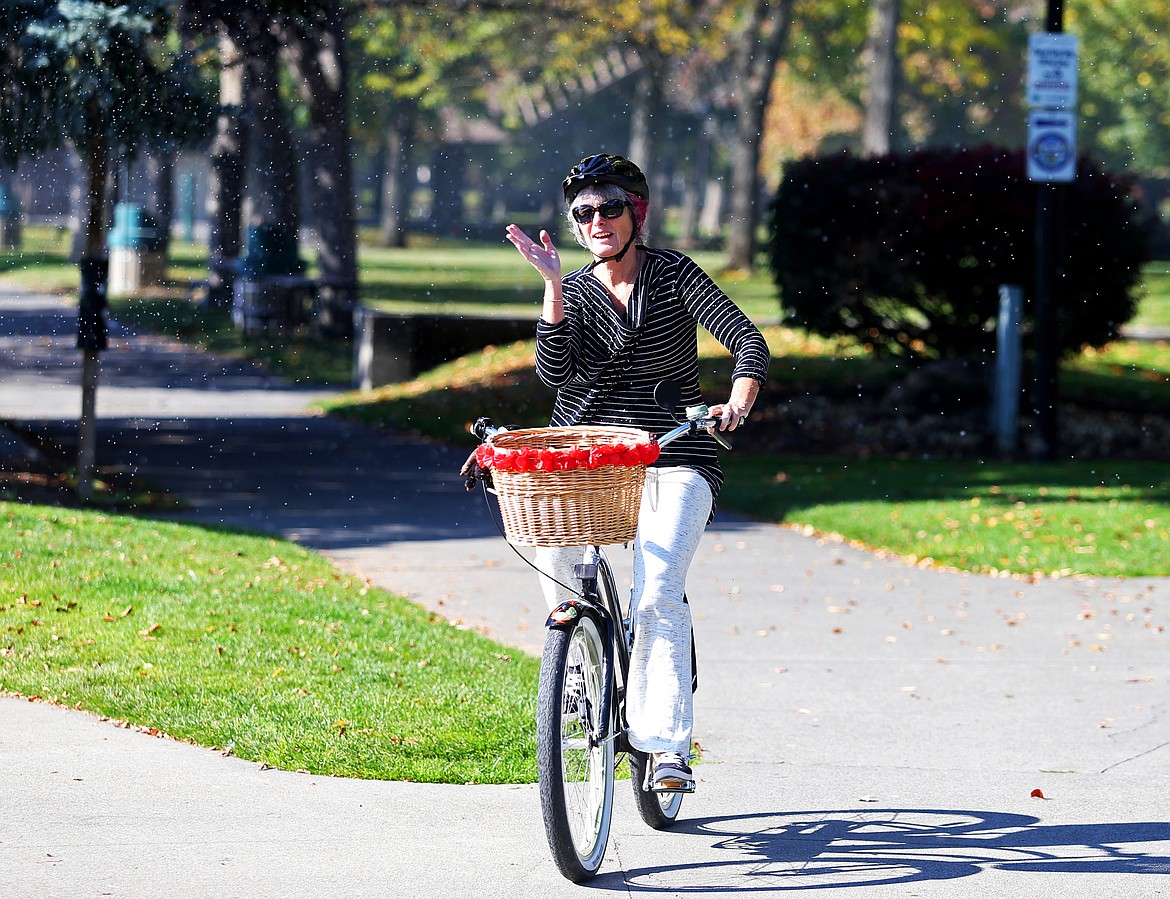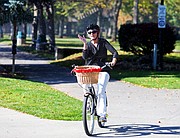Those blasted buggers are back
Nancy Nelson was running in a Hayden neighborhood when she stopped and turned back.
It was afternoon, the sun was hanging low over the Rathdrum Prairie, and bugs were silhouetted in the glow like far off Christmas lights.
Except these bugs weren’t far away. They were very small and very close.
So close, the swarms of minute aphids went up her nose and in her mouth.
“I can’t run in this,” the Coeur d’Alene account manager and distance runner said. “You can’t breathe without getting bugs in your mouth.”
It’s ash aphid time in North Idaho.
Each autumn, for a couple weeks, the purplish aphids swarm around green ash trees, a non-native ornamental tree imported from the East Coast and used in the Rocky Mountain west to add leafy canopies to urban forests.
The green ash is no longer on the short list of urban forestry departments like it was decades ago, but because the trees are common, so are the bugs.
“There are hundreds or thousands of these trees on the landscape already,” said Idaho Department of Lands entomologist Tom Eckburg. “As long as we have the trees, we’ll have the aphids.”
Specifically, the small, sap-sucking insects are called smokey winged ash aphids and they don’t harm healthy trees, Eckberg said. The aphids follow a seasonal pattern as they move between fir and ash trees.
“They have a complicated lifestyle,” he said.
During spring and summer, the bugs live as wingless insects in the ground, feeding on the roots of firs. They emerge in autumn and swarm to ash trees to lay eggs on the bark. When new bug eggs emerge in spring, they fly to fir hosts — mostly grand fir in town — and the cycle starts again.
People notice the bugs in the fall when the smoky clouds of swarming aphids cover ash-laned streets like a purple haze.
“The masses are searching for a place to lay their eggs,” Coeur d’Alene Urban Forester Katie Kosanke said. “Sunny, mild days trigger them to fly. Typically the worst time of day for them is mid to late afternoon when it is the warmest.”
A lot of the bugs have been congregating around City Hall, where employees grouse about them just as anywhere else.
“We talk about them every year like we’ve never seen them,” Kosanke said.
They are easy to forget — until they reappear.
“When temperatures start cooling down a little bit more, they will disappear,” she said.
Autumn infestations are frequently reported from eastern Washington across Idaho’s Panhandle to western Montana, Eckberg said.
The insects don’t bite. They’re mostly just annoying to bicyclers and joggers.
“They are mostly just a nuisance,” Kosanke said.





